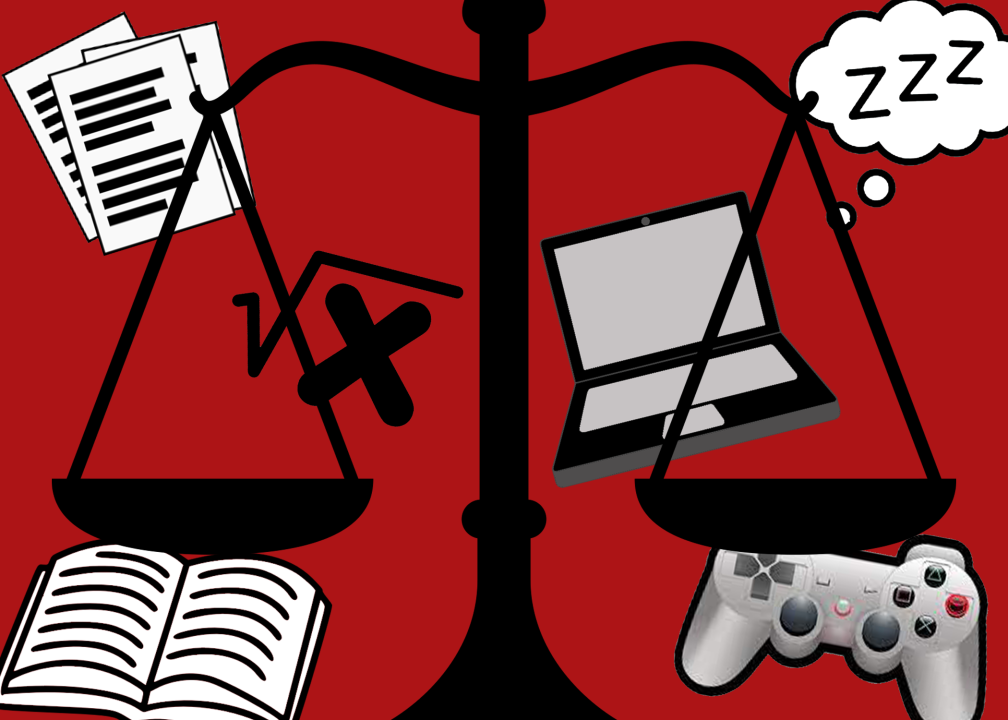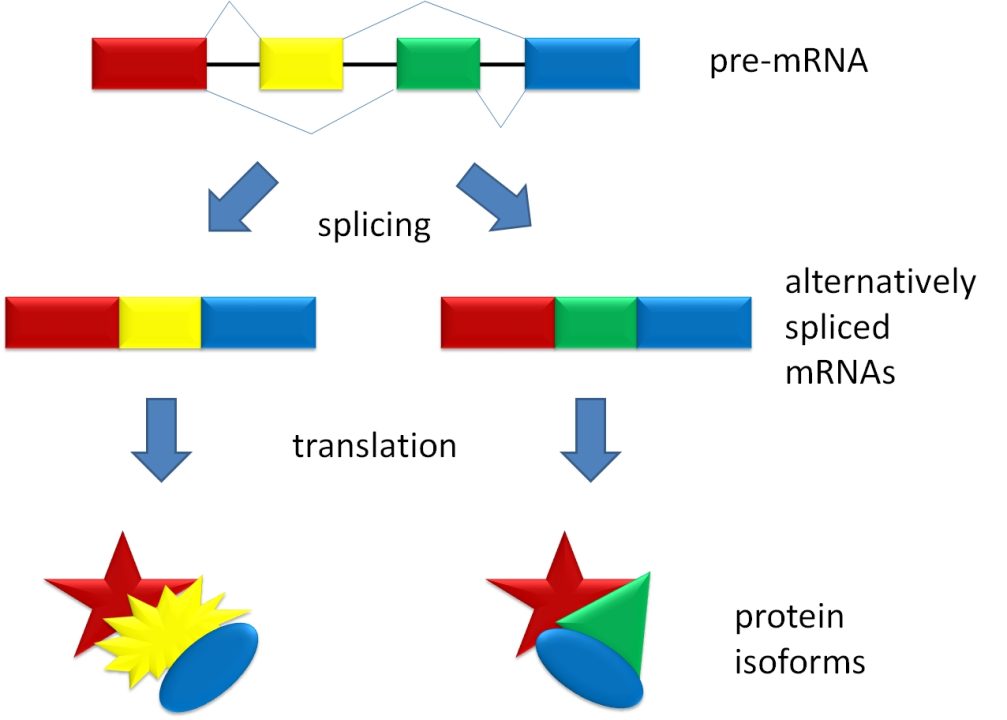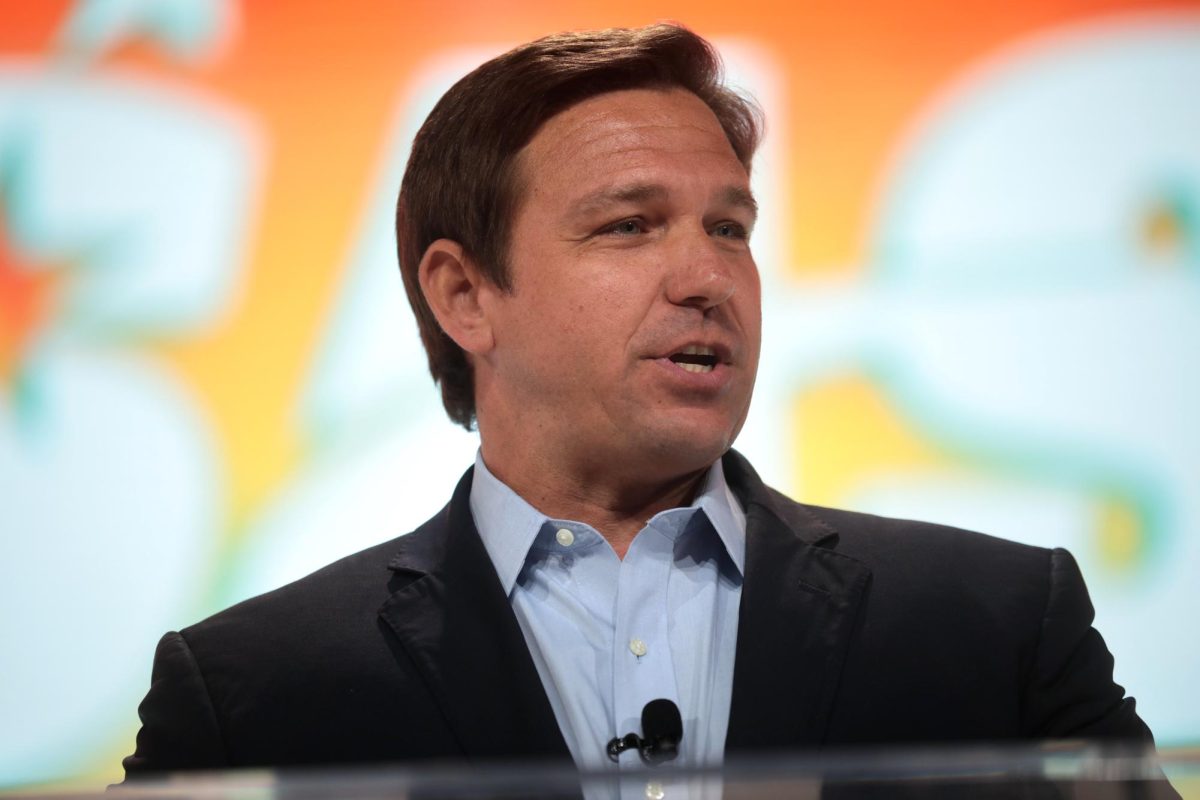
Matt Lindsay is a senior journalism major.
Last November, Major League Baseball (MLB)’s Miami Marlins hired Kim Ng as their general manager (GM). In doing so, she became the first female GM of a major North American men’s sports team.
Ng’s hiring signaled a change in baseball: America’s pastime was finally advancing towards gender equality.
Only two months later, the baseball community was reminded of how far it still has to go.
On Jan. 18, ESPN reported that newly hired Mets’ GM Jared Porter had sent dozens of unsolicited messages and images to a female reporter when he was with the Chicago Cubs in 2016.
It’s disgusting that anyone would send 62 consecutive unanswered sexually charged messages and lewd pictures.
But what makes the story worse is that ESPN has had records of the messages since 2017. The female reporter didn’t want others to investigate further because she feared that her career would be harmed if ESPN published the story. Four years later, with her no longer working in journalism, she only agreed to speak out anonymously.
I’ve wanted to be a sports journalist for a long time, and I always considered it to be my dream job. Getting paid to talk to athletes and to write about sports seems too good to be true. But I had never considered what it is like for a woman to be in sports media until after the Porter story broke.
Many studies have shown that women who work in male-dominated jobs are especially vulnerable to workplace sexual harassment. A 2018 Pew Research study showed that 61% of newsroom employees are men, whereas men account for only 53% of all workers.
Of course, this problem isn’t exclusive to sports journalism, or journalism in general, but it is more prevalent in the media industry than most others. In a 2017 survey by the Center for Talent Innovation (now known as Coqual), sexual harassment occurred at a higher rate in the media industry than in any other white-collar workplace. More than 40% of women in the media industry have been harassed by a colleague.
We’ve seen plenty of prominent men in journalism face allegations of sexual harassment and assault since the start of the #MeToo movement: NBC News’ Matt Lauer, Fox News’ Bill O’Reilly and former publisher and CEO of The Los Angeles Times Ross Levinsohn are just a few notable names.
While some powerful people have been exposed, there are also many instances of newsroom sexual harassment that don’t grab headlines.
In 2018, the Columbia Journalism Review asked its readers to tell their stories of newsroom harassment. They received hundreds of stories and created a compilation of them.
The Institute for Diversity and Ethics in Sports (TIDES) shows that the gender divide is even larger in sports journalism. TIDES’ 2018 AP Sports Editors Racial and Gender Report Card evaluated over 75 sports newspapers and websites to measure the changes in racial and gender hiring practices that have taken place since the 2014 report card.
According to the report, men accounted for 90% of sports editors, 83.4% of columnists and 88.5% of reporters. As if these numbers aren’t bad enough, it’s important to remember that the players, coaches and front office executives are mostly men.
Additionally, women in sports journalism are not only prone to sexual harassment from their male colleagues, but also from their sources.
A day after ESPN published the Jared Porter story, The Athletic’s Brittany Ghiroli detailed an experience she had with an MLB player in 2012. The player told her via text to go to his hotel room because he had important information to share. When she got to his room, he had candles lit and tried to kiss her.
As an aspiring sports journalist, I related to what Ghiroli discussed. Building relationships, protecting sources and trying to get scoops are all things I’ve learned and done.
But she showed me that being a sports journalist isn’t quite the dream job I always pictured it to be, at least not for women. Ghiroli wrote:
“I didn’t tell anyone but my best friend about that night in Texas. Instead, I showed up to work the next day, plastered a smile on my face and prayed the player didn’t hate me because I needed him, and the rest of his teammates, not to. How messed up is that? Welcome to being a female reporter. If you’re too nice, you are asking for trouble. If you aren’t nice enough, you’re a bitch. The line is invisible and exhausting and I keep thinking about what one front office member told me my first year. ‘You want to be hot enough so guys want to talk to you, but not so hot that people think you are f—ing them.'”
That last line makes me want to vomit. Sure, Ghiroli has been an MLB reporter for over 10 years and some things may have changed since she was told that, but that’s probably been the expectation for female reporters since they began covering sports.
Women need to feel comfortable telling their stories. We’ve seen cases like this before, where an abused person is afraid or unable to come forward publicly. The baseball world saw this type of case again, only two weeks after the Porter story broke.
On February 1, The Athletic published a story about former Mets manager and current Los Angeles Angels pitching coach Mickey Callaway’s inappropriate behavior with five separate women who worked in sports media. Sources in this story and a follow-up article described Callaway’s behavior as “the worst-kept secret” in baseball.
Many people in baseball apparently knew Callaway’s behavior, but nobody did anything about it because of his status. It is also possible that the story would be covered up by the team leaders or even by a league official, as the reporter in Porter’s case feared.
But it’s also exactly why more women need to come forward. More of these stories need to come out so people can’t watch SportsCenter without learning about it. Nothing will change until men realize how big of a problem this is and decide to do something about it.
It’s unfortunate that I needed to read Ghiroli’s article to get a sense of what women journalists go through regularly, but that’s the problem. If more of these stories come out, it will encourage men to be more empathetic and more likely to instill meaningful change.
However, we men must also play a role in changing the culture. We need to stop treating athletes and coaches like gods and pay attention to what women in the industry have to say about sexual harassment.
We need gender inclusivity in every regard, but especially in sports. Until we can collectively realize that what men in sports are doing is wrong, we are never going to truly achieve equality in sports, or anything else.
Update 4/12/21: When this op-ed was originally published, it did not include the block quote from Brittany Ghiroli’s article.


















